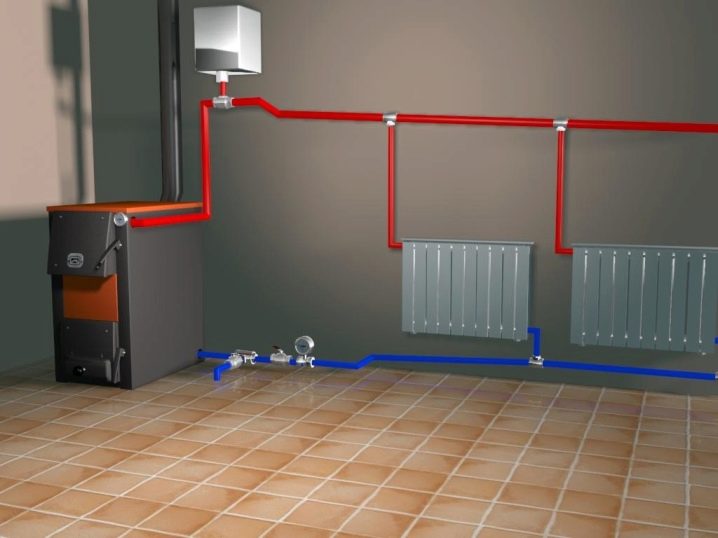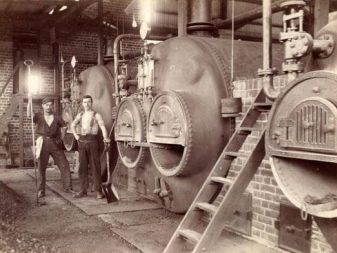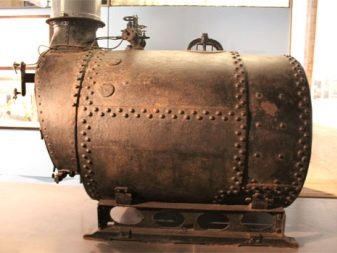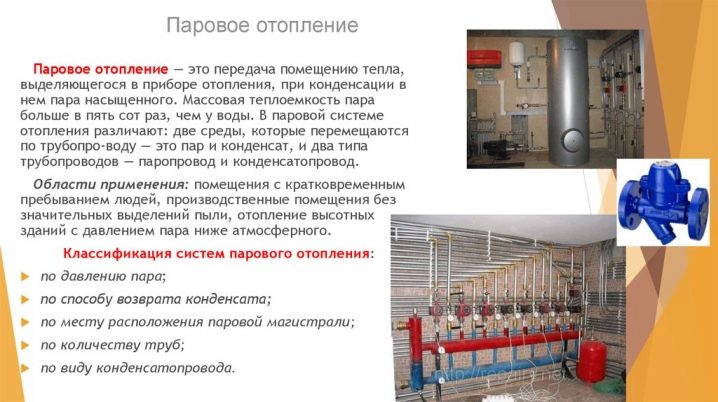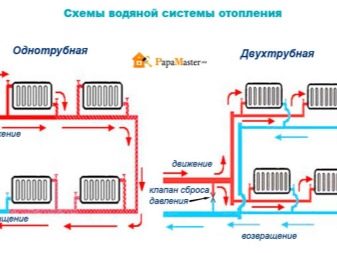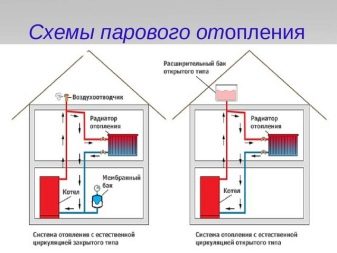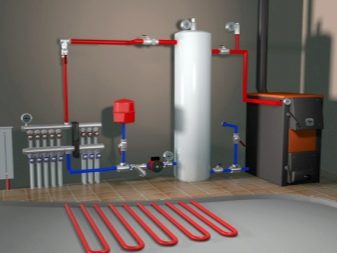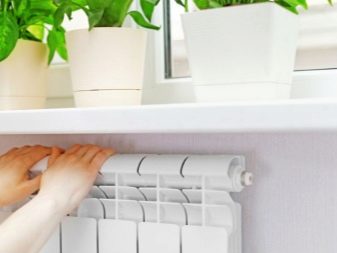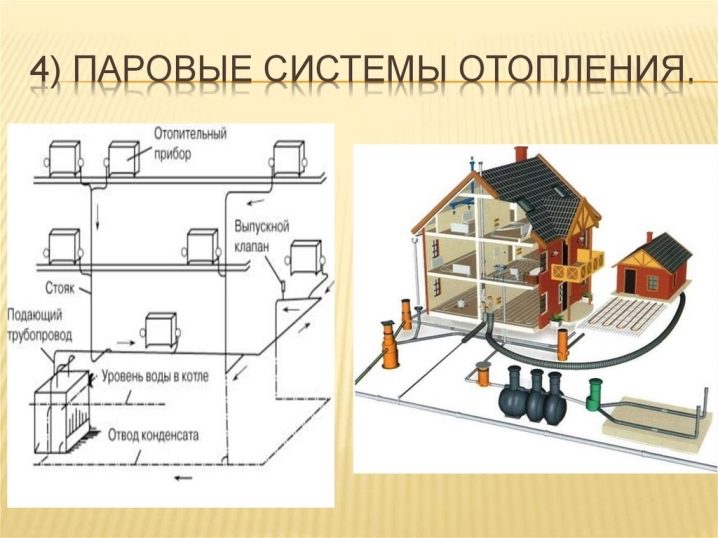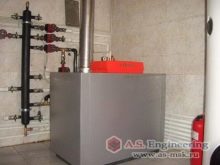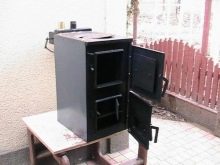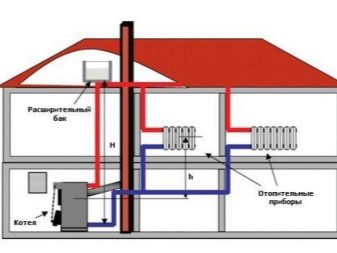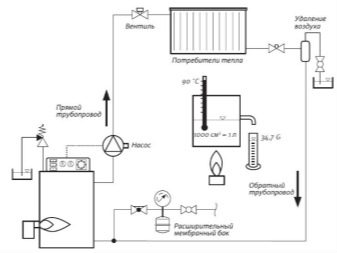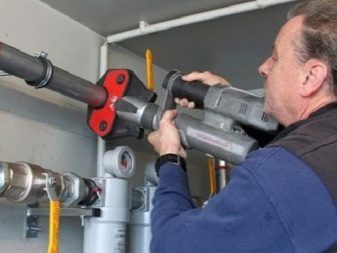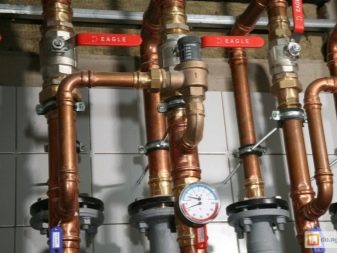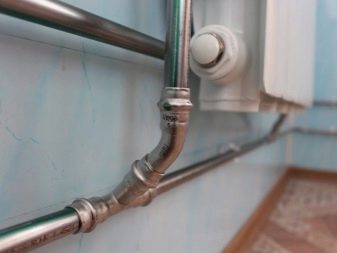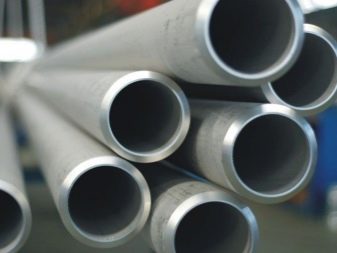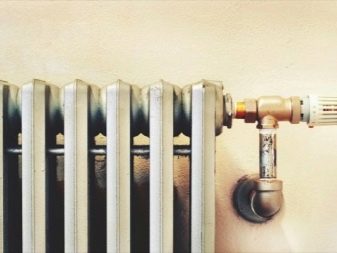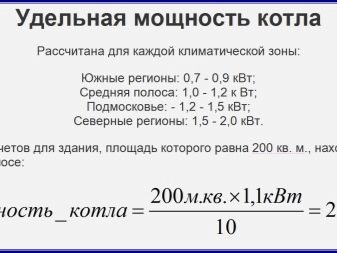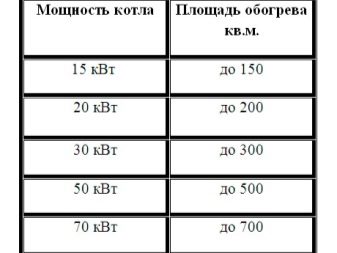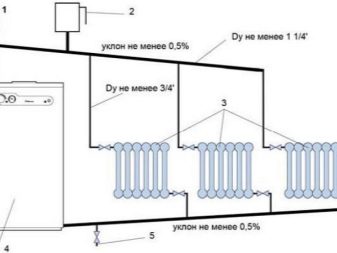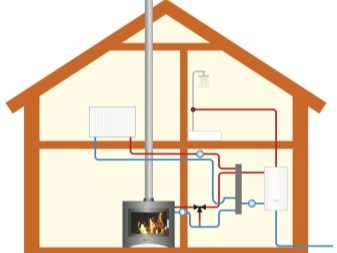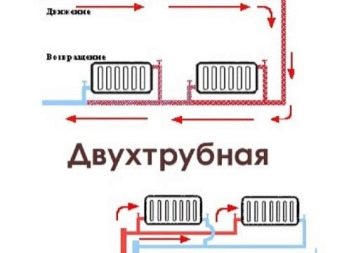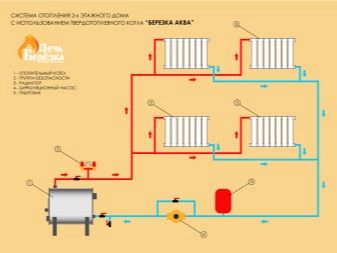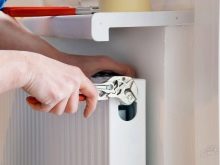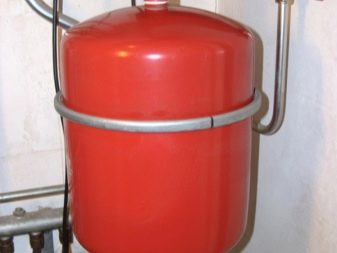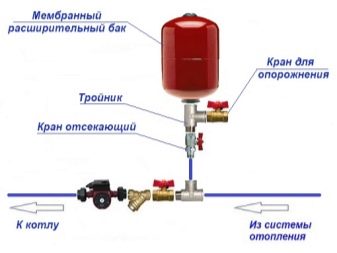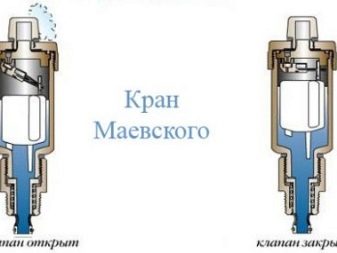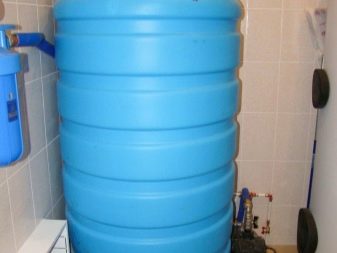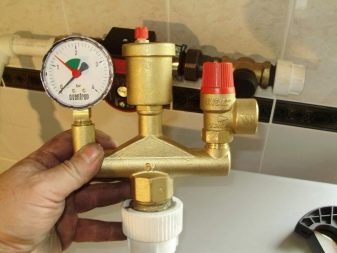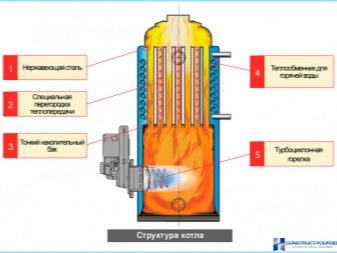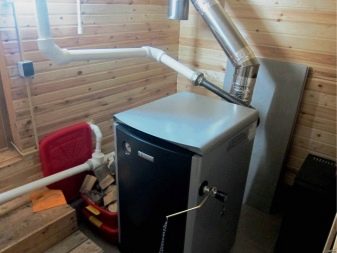Steam heating: how to calculate and install?
To make the house warm and comfortable, you should think about how the rooms will be heated at the design stage. Almost all central heating systems operate at the expense of the most simple and affordable heating element - water. However, this is not the only option through which you can adjust the temperature in the house.
As an alternative, steam heating is often used today. It can be done both with your own hands, and with the help of specialists. This article will tell about the features, advantages and disadvantages of this type of heating, allowing you to understand whether it is suitable for your home.
Special features
This type of heating is a system with a heat carrier in the form of heated water vapor.This is not an innovative invention, since this method was widely used for heating residential premises in the 19th century. And only then decided to replace the steam with water. Water and steam heating differ from each other, so do not confuse them.
Replacement was necessary because the efficiency of heat transfer using steam is extremely high. This resulted in excessive heating of the equipment. Its temperature could rise above 100 ° C. Any contact with heating steam equipment could lead to burns of varying degrees. That is why this option of heating a private house or villa is quite dangerous.
Today, steam heating in its original form is forbidden to use in residential and public buildings. However, this restriction does not apply to private ownership. Therefore, having carefully studied all the features of the steam system, you can easily install it in your home.
Differences from water heating
Steam heating, in comparison with water, has a higher heat transfer and ergonomics. Thanks to steam heating, the room heats up 3 times faster than in the case of water.
Also important is that the steam does not freeze during the cold season.This means that the heating can be “woken up” without problems by running it even after a long break. This is extremely convenient for those who are often in the country, but do not live there.
Also, such a system requires small-sized equipment, so heating in general is cheaper. Steam heating works not only from the wood-burning stove, but from boilers that use waste oil. True, this heating option is not entirely environmentally friendly, so it is used for garages or utility rooms.
Advantages and disadvantages
It is possible to single out the main advantages due to which this type of heating became widespread:
- small price;
- coolant resistance to low temperatures;
- high efficiency due to convection and radiation;
- small-sized system;
- the ability of steam to penetrate into any point of the system without reducing the temperature;
- ensuring fast warming up of the room;
- minimal (almost zero) heat loss;
- compatibility with warm floor.
In this case, the steam system has certain disadvantages:
- strong noise during operation;
- excessive heating of the equipment, which can lead to burns or emergency situations;
- inconvenient temperature control;
- relatively short life due to corrosion resistance.
However, these disadvantages can be corrected. To prevent excessive heating of the appliances from harming people and animals, it is necessary to isolate radiators and pipes with a special protective screen. Noise at work will be reduced if you install anti-noise brackets or install the steam generator in a separate remote room.
Device
The device of steam heating includes several elements. They are: a fire chamber, a burner, an ashpit, and also a pressure gauge for measuring pressure. The main component of the system is a drum with instrumentation and piping. Sometimes for private homes use home-made furnace steam boilers. However, this option is less effective, since in this case the furnace is only a steam boiler, it is impossible to cook on it.
Principle of operation
The essence of the heating of the steam system can be described as follows: water is heated to boiling in a special container, converted into steam and transported to radiators of heat, giving off heat.Already in the radiators, steam is condensed and again becomes water, which returns to the expansion tank, and then to the heat exchanger. The heat generator can be a stove or a boiler.
In the process of converting 1 kg of steam into condensate, over 2400 kJ of thermal energy is produced. This explains the high performance of the steam system heat supply.
Pipe classification
The device of the steam pipeline assumes the presence of 2 parts: a condensate line and a steam line.
Pipes can be made of different materials.
- Steel. Such pipes are characterized by high strength and resistance to mechanical damage. However, they may become rusty if they are not pre-coated with an anti-corrosion solution. For their installation, you must use a welding machine.
- Copper. It is a fairly strong, strong, durable material capable of withstanding high temperatures. The method of high-temperature soldering is used to install copper pipes. A minus of this material is a big cost.
- Galvanized and stainless. Such pipes are also expensive. But at the same time they have a long service life, are distinguished by high reliability, durability and resistance to corrosion.
- Cast iron. This is a classic version of pipes.Cast iron is characterized by special strength and availability. However, it weighs a lot, which is also worth considering.
Plastic and metal-plastic pipes are not used for installation of steam heating, since these types of materials are not resistant to elevated temperatures.
Types and technical characteristics of boilers
To find out the optimal power of the boiler, it is necessary to focus on the area of space that needs to be provided with heat. The system performance directly depends on this parameter.
We give the correct ratio of these two indicators for different cases (power - area):
- 25 kW - 60-200 m2;
- 25-35 kW - 200-300 m2;
- 35-60 kW - 60-200 m2;
- 60-100 kW - 600-1200 m2.
Per 100 square meters of space should have at least 10 kW of power.
Boiler types differ in the type of fuel with which they interact. Solid, liquid, gas, combined fuel can be used. There are also systems that run on electricity. Electrical equipment is great if the electricity tariffs are low in the area where you live.
Also, depending on the type of equipment, the pressure in the steam system also varies. The optimal indicator of this parameter is 6 atmospheres.Vacuum-steam options are characterized by pressure below atmospheric.
Wiring diagram
Features of installation of the system vary depending on the type of equipment. For closed-type steam heating, it is important that the pressure difference at the point of steam entry and removal is sufficient for liquid to flow out. At the same time, the steam collector should be located much lower than the heating devices. This is due to the fact that in systems of this type the steam enters the boiler again by gravity. This means that the pipeline must be installed at an incline.
If the type of heating system is open, the water in it is collected in special storage tanks, and then transported to the generator by means of a pump.
Wiring also comes in 2 types:
- one pipe - steam moves along the 1st pipe;
- two-pipe - the steam moves along the 1st pipe, and in the 2nd - it is converted into condensate.
Most often for private homes is used exactly two-pipe version of the layout. This is because with its help you can independently regulate the temperature in the system. While in a one-pipe system this can be done only if the heating is turned off or its capacity is reduced, which is unacceptable for the cold season.
Installation
Steam heating can be installed by hand, but it is important to do everything correctly. Even minor installation errors can in the future cause equipment malfunction.
Before proceeding with the installation of the structure, it is necessary to consider several parameters:
- the area of the heated room;
- the location of the radiators and their number;
- remoteness of the steam boiler;
- arrangement of filters, shut-off and control devices and other elements.
The optimal length, diameter and number of pipes should be specified in the project documentation. There are also written recommendations on the choice of heating elements and batteries. It is also important to choose steam fans and a circulating pump so that the coolant can operate as efficiently as possible. After the generator, radiators, gauges, fittings and main pipes are ready, you can proceed to the installation.
It is performed in several stages.
- Surface preparation for the installation of heating devices. To do this, you need to install wall mounts for the location of the batteries. It is best to install radiators under the windows.So you eliminate the appearance of drafts and fogging of glasses, because the air coming from the windows, will immediately heat up.
- Installing a steam generator on a concrete base. First of all, choose a place to install a steam generator. For this, a separate boiler room, basement or garage is perfect. So you will not hear the sound of a working system, and steam will not spoil the interior of the house. Then place a fire-resistant material on the floor and place the device on it.
If your house has a floor heating system, then use a double-boiler, positioning it above the floor surface.
- Installation of the expansion tank. This should be done using clamps in the highest place of the heating system, placing the tank between the radiators and the steam generator at the closest distance from the boiler.
- Pipeline installation. To do this, you must bring the pipe from the steam generator to the first heating device, adjusting its size if necessary. Next you need to connect all the vaults and make a serial connection to the next device. It is important to install pipes with a slope of 3 mm,to ensure the natural circulation of the coolant.
- Installation of crane Mayevsky. It is necessary so that air plugs can be easily and quickly removed from the battery. The latter adversely affect the performance of the steam heating system.
- Installation of storage tank. It must be located in front of the steam generator. It will accumulate condensate, which is necessary for the constant supply of water to the boiler.
- Short circuit on the boiler heating. A closed loop is created by mounting the filter on the boiler. This is necessary to keep dirt and impurities contained in the liquid. It is important to note that the diameter of the pipe connecting the pump to the boiler must be less than the diameter of other pipes.
The main work on the installation of the system is made. It remains only to connect the necessary devices: pressure gauge, relief valve. Then you need to add a drain unit to the system to remove coolant during seasonal pumping. At the end of the work it is important to carefully check the entire system for defects and leaks, as well as for the strength of the connections. If any inaccuracies are found, they should be eliminated immediately.
Tips
- If you do not have experience with heating systems, it is better to entrust the installation of equipment to professionals. So you will be sure that all the elements will work properly, and the house will be stable heat. Find a master for such work is easy.
- Buy only certified certified equipment. It is important that the heating system is not only effective, but also safe. It is not worth saving.
- When choosing elements for the design should not be forgotten that not all conventional devices fit. For example, a membrane expander cannot be installed as an accumulator in a steam system, since it can only withstand temperatures up to 85 ° C. For steam heating, devices must function correctly at 100 ° C.
- If the heat exchanger is installed in the chimney, it will be much faster and more intensely contaminated. So, the chimney cleaning will have to be carried out much more often than usual.
- Do not use for the heat exchanger the same oven that you use for cooking. Theoretically, such a combination is possible, but it is not very convenient. For example, in the summertime you will not heat the stove in the house.In this regard, it is better to think over alternative options that will not create such inconveniences.
Reviews
Steam heating system has many advantages. However, it is not widespread among residents of private homes. This is primarily due to the fact that such equipment has a relatively short lifespan. Also, the high temperature level of the heated elements of the system is a serious danger to many people. Therefore, such heating is chosen only by those buyers who know exactly how to work with it correctly, as well as how to avoid trouble when using steam equipment, making it safe.
Some modern manufacturers produce vapor-drop models. However, reviews of such devices are contradictory, because steam-drop heating has the same pros and cons as the steam one.
How to install the expansion tank, see in the video.

